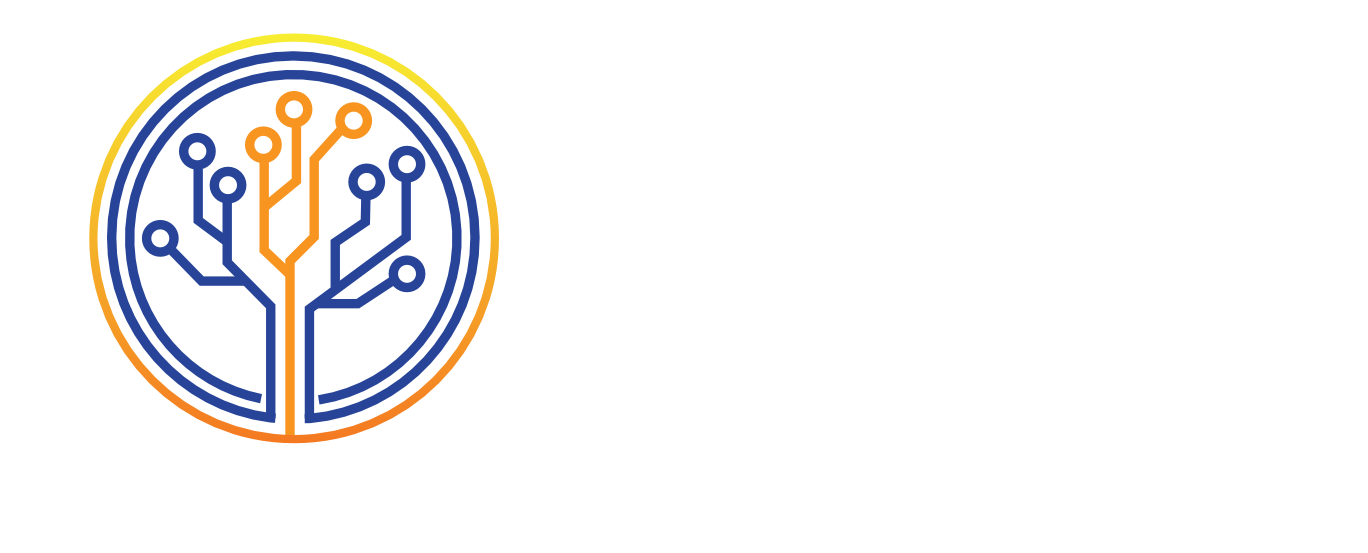Tech Stack: Why Does It Matter for Your Business?
In today’s business landscape, “tech stack” is a term that gets thrown around a lot. You’ve probably heard it mentioned in tech meetings, read it in articles, or even seen it pop up in job postings. But what exactly is a tech stack, and why should it matter to your business, especially if you’re looking to scale and increase productivity?
The Basics
In its simplest form, a tech stack is a combination of technologies that a company uses to build and run its applications, platforms, or digital services. Think of it as the foundation on which your digital operations are built. This stack includes everything from the programming languages your developers use, to the databases that store your data, to the tools that manage the front-end user experience.
Imagine it as building a house: each layer—like the foundation, the walls, the roof—serves a specific purpose to create a solid structure. Similarly, each component of a tech stack has a specific function. Putting those components together can make your application or service a dream… or a disaster!
The Layers of a Typical Tech Stack
When we say “tech stack,” we’re usually talking about two main components:
- Frontend (Client-side) – This is the part that users interact with directly. Everything you see on a website or app, from buttons to images and animations, is powered by the front-end tech stack. Typically, this layer includes:
-
- HTML, CSS, JavaScript: These core technologies build the structure and style.
- Front-End Frameworks: React, Angular, or Vue are popular frameworks that speed up development by providing a ready-to-use structure for building user interfaces.
- Backend – This is the “behind-the-scenes” part, where data is processed, stored, and served to the frontend. It’s where the real action happens, crucial for maintaining the application’s functionality and security. It involves:
-
- Programming Languages: Popular choices include Python, Java, and Node.js.
- Databases: Where data is stored and managed, with options like MySQL, MongoDB, or PostgreSQL.
- Server Infrastructure: This includes cloud services like AWS or Azure that provide the computing power and storage to keep things running.
A well-balanced tech stack ensures that your application can handle high volumes of users, process data efficiently, and be adaptable for future growth.
Choosing the Right Tech Stack for Your Business
Picking the right tech stack isn’t just a technical decision; it’s a strategic one. The right stack allows you to:
- Optimize Development Time: Some stacks have more built-in libraries and tools, which reduces the time needed to build features.
- Scale Smoothly: If you anticipate growth, the right tech stack can handle increased user demand without sacrificing performance.
- Reduce Costs: Certain tools and platforms come with lower upfront costs or reduced maintenance expenses over time.
For instance, if your business prioritizes real-time data processing, you might consider a stack with fast data handling capabilities. If security is a major concern, your stack should emphasize secure database and server solutions.
Final Thoughts: Investing in the Right Tech Stack
A tech stack is more than a bundle of tools—it’s an investment in your company’s growth, productivity, and future capabilities. Whether you’re setting up your initial tech stack or reevaluating your current setup, the right mix of tools, languages, and platforms can make all the difference. Embrace it wisely, and it will drive your business forward.
At Aria Data Labs, we specialize in helping businesses navigate these choices, guiding them toward technology solutions that enhance productivity and streamline operations. If you have further helping in deciding which tech stack is right for you, reach out to us. We’ll be happy to look through your needs and make suggestions!

Armen R Rahman
Design & Communications
With nearly two decades of experience in the creative industry, Armen’s skill and talent covers a wide scope of endeavours; online and offline design work, film making, music production and writing are just some of his forte.
He considers good design as part of good communication (and vice versa!) and that the satisfaction can and should be derived at every point of the user experience, from the outreach messaging, the tech solution itself and the human touch at points of need.
In his spare time, he actively participates in foam dart flinging as a sport and music production as a downtime hobby.
